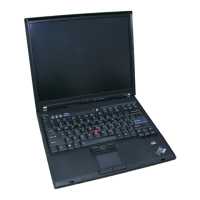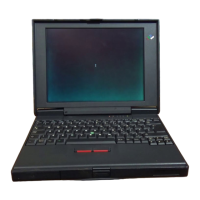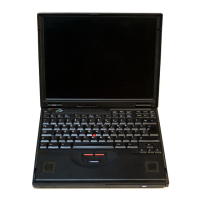Format
Specifications
For
each
occurrence
of
the pound
sign
(#)
in
an
image
statement, a single
space
is
reserved
in the display or
print
line
for
a character in the correspohding expression
of
the
associated
PRINT
USING
or
MAT
PRINT USING statement. The pound
sign
represents either character or arithmetic data. For arithmetic data, decimal
points
and
the plus and minus
signs,
like the characters in the general format descrip-
tion,
are
printed
as
entered, provided the
values
are
appropriate
to
the specified
signs.
(See
Conversion
of
Data Reference Values for a discussion
of
the displaying/printing
of
signs
in the
image
statement.) For character data, the character string will over-
ride any format descriptors.
The various format specifications
are:
• Character-Format -
One
or
more
#character~,
as
shown:
####
• I-Format (integer format) - An oPtional
sign
followed by one or more # char-
acters,
as
shown:
[+
-l
# [#J...
• F-Format (fixed-decimal format) - An oPtional
sign
followed by either:
1.
No # characters, a decimal point,
and
one
or more # characters,
as
shown:
.#
[###l
2.
One
or more # characters, a decimal point followed by no # characters,
as
shown:
#
[###].
3.
One
or
more # characters, a decimal point,
and
one
or
more # characters,
as
shown:
[+-l
[#].
.••
#[#].
...
[#].
..
• E-Format (exponential format) - Either the
1-
or F-format (described previously)
followed by four
I characters
(1111).
The following rules define the start
of
a format specification:
1.
A # character
is
encountered and the preceding character
is
not
a # character,
decimal point, plus sign,
or
minus
sign.
2.
A plus or minus
sign
is
encountered, followed by:
a.
A # character,
or
b. A decimal point that
precedes
a # character.
3.
A decimal point
is
encountered, followed by a # character and:
a.
The preceding character
is
not
a # character, plus sign,
or
minus
sign,
or
b.
The preceding character string
is
an
F-format specification.
\
,-
\ ,
"'t..
__
_
./
